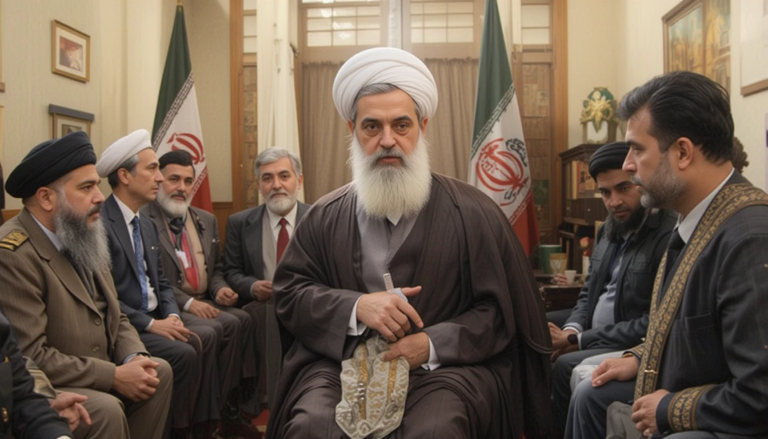
The 27-year-old Iranian singer Parastoo Ahmady’s arrest has caused a stir in Iran and around the world, as it has a Perspective that works at the delicate conjunction of art, gender, and authority Politics. Her YouTube performance, which has been watched more than 1.4 million times, can be summarized as: First cultural decoration: She sang alone with men in accompaniment and a collarless dark-colored sleeveless dress without wearing a hijab. Ahmady was arrested in Mazandaran Province, along with two members of her band detained in Tehran. While Iranian authorities remain tight-lipped about the charges, this arrest is a stark reminder of the oppressive realities faced by women in Iran and the broader struggle for personal freedoms.
Ahmady’s concert was further than music it was a powerful message. There are undermined minorities, and one of them is Iranian women. Women have been unvoiced and are unarticulated concerning some needs. A woman singing a song or a land is a need for many women and in particular for Iranian females, seasonal civilians who have no voice. “This is a right I could not ignore; a daughter integrally wishing to take myself to the country whom I love by singing” greatly highlights the need to reclaim something taken away from them.
The hijab is not only a piece of cloth but an encompassing reminder for women like Ahmady about the limitations and restrictions on their bodies, choices, and identities. It is enforced by the state as a sign of governance authority. The meaning of Ahmady’s case goes beyond her music because, for many, it has turned into a fighting ground for personal and ideological resistance. Ahmady has a multi-million-viewed performance on this which captures that specific zephyr of resistance that quietly but strongly reveres inside and outside Iran.
Ahmady’s case is concerning against the backdrop of the nationwide protests that erupted in 2022 after the widespread unrest that erupted due to the death of Mahsa Amini in the custody of the morality police. Women went as far as removing their hijab, cutting off their hair as well as going on the streets. Ahmadi’s actions were largely a trigger for state enforcement to relax partially. But Ahmady’s case shows how the authorities are re-asserting themselves after being complacent about being challenged.
A noticeable pattern that follows the duo persecution policies of Iran, which are repression and violation of one’s rights and freedom, is witnessed across the globe after Ahmady was arrested for some reason. Critics although condemning the arrest and many other such actions, also held that an international outcry alone would not have an impact on the decisions of Iranian authorities as they look at these foreign critiques as an attack on their authority. Such drastic changes or revolutions in society usually come from the core and are effectively shown by common people like Ahmady in this case, and history has shown that this has been the case in the past and will be in the future.
Ahmady’s arrest signs the beginning of a historical pattern and narratives often repeated in conflict zones including Iran: an authoritarian intellectual elite v/s society. In her fight for freedom, many have attempted to completely silence her voice which unfortunately today implodes an even stronger message than before to overturn the oppression she went through. In these types of situations, art and creative expression are threatened and are hence protected under international laws which are relevant to human rights.




